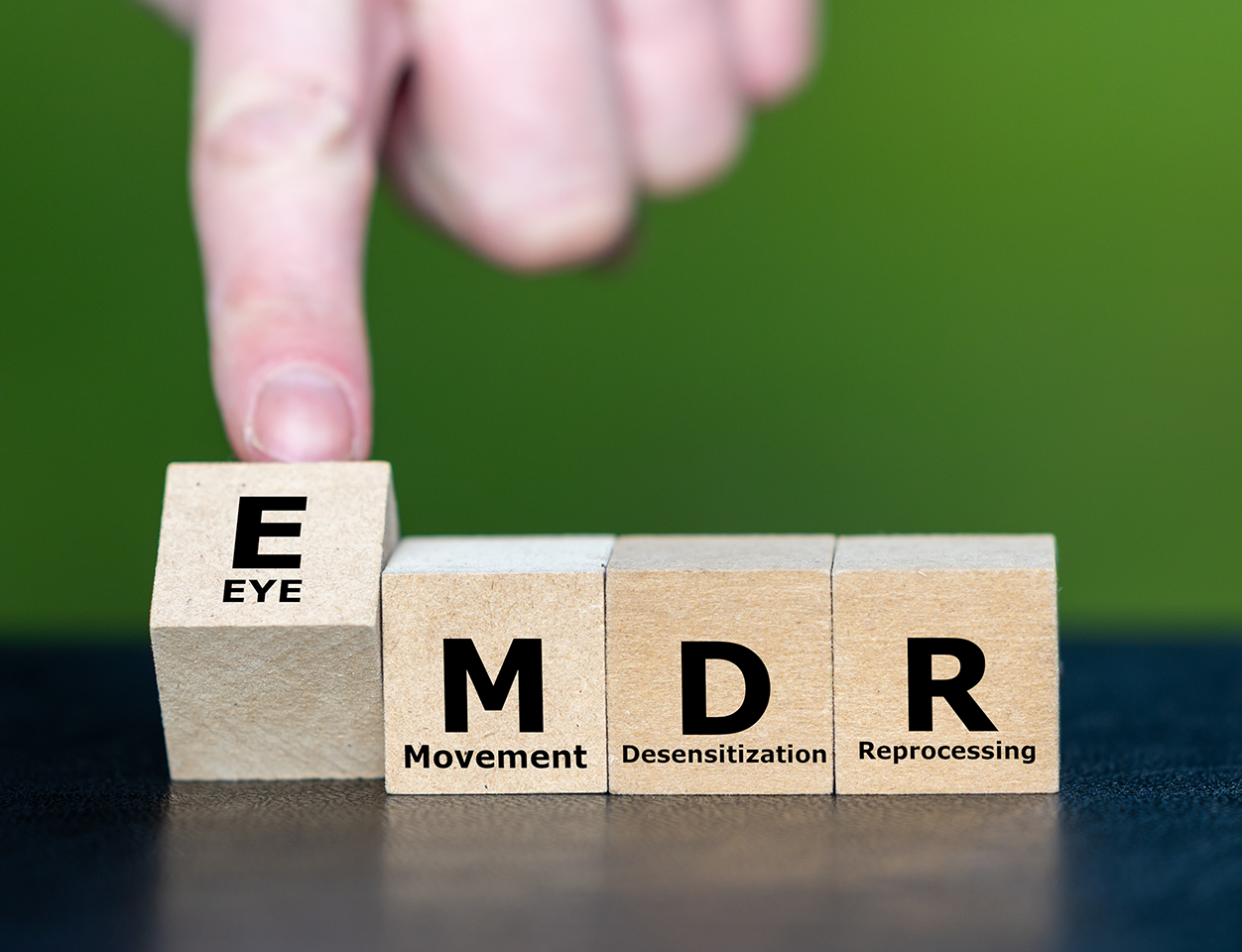Eye Movement Desensitization and Reprocessing (EMDR)
What Is EMDR Therapy?
EMDR (Eye Movement Desensitization and Reprocessing) is a type of therapy that helps people process upsetting memories, especially those linked to trauma. During EMDR, a person recalls a difficult memory while following side-to-side eye movements led by the therapist. This process can make the memory feel less intense and easier to talk about.
While EMDR is effective for many, it’s been debated since its creation in 1987. Some experts believe its success is similar to traditional exposure therapy, where people safely revisit traumatic memories to reduce fear.
When Is EMDR Used?
EMDR was first created to treat PTSD, but it’s now used for other issues, including:
Anxiety and panic
Depression
Dissociative disorders
Eating disorders
OCD
Personality disorders
Phobias
Patients should be emotionally ready and able to face uncomfortable feelings during therapy.
What Happens During EMDR?
Treatment usually takes 6–12 sessions, about once or twice a week.
First, the therapist learns about your history and chooses memories to target.
You’ll recall a distressing memory while doing eye movements (or other bilateral stimulation).
You may feel strong emotions during the session.
The therapist helps you stay grounded and calm before ending.
Future sessions begin with checking on how you’ve been since the last appointment.
How Does EMDR Work?
The idea behind EMDR is that traumatic memories get "stuck" in the brain. EMDR helps reprocess these memories so they lose their emotional intensity.
No one knows exactly how it works. Some researchers think it's the memory exposure itself that helps, not the eye movements. But newer studies suggest eye movements may calm the brain’s fear center—the amygdala—and reduce stress, making it easier to handle painful memories.
Walking, for example, naturally creates similar eye movements, which may help explain why it reduces fear responses. The eyes, as part of the nervous system, can actually influence how the brain feels and reacts.
Finding the Right EMDR Therapist
Look for a therapist who:
Has training and experience with EMDR.
Treats conditions similar to yours.
Explains how EMDR works and what to expect.
Measures progress clearly.
Uses other therapy methods too (like CBT or exposure therapy), not just EMDR.
Ask questions to make sure you're comfortable and confident in their approach.
Get Started Today
At Midwest Behavioral Clinic we have our own Eye Movement Desensitization and Reprocessing (EMDR) specialist could help you finally find relief for Anxiety and Panic, Phobias, Depression, OCD, Eating disorders, and even Personality disorders and Dissociative disorders
Support is just a click away. Contact Midwest Behavioral Clinic today at 810-215-1006 to schedule your first session in Fenton or Howell, or through our secure online therapy platform.





